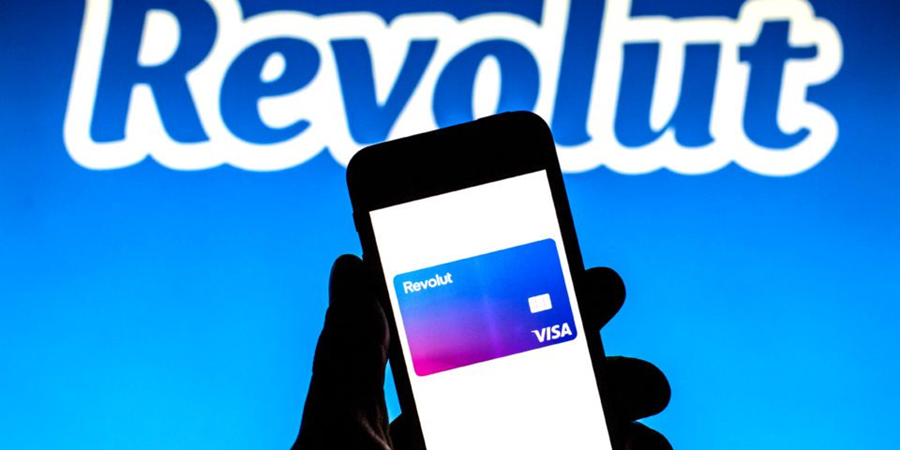Revolut Rolls Out UPI-Linked Payment App in India to 350,000 Waitlist Users


London-based digital finance company Revolut is entering India’s crowded payments market, marking its first move into one of the world’s largest and quickest-growing digital finance ecosystems. The British fintech plans to roll out its app later this year to 350,000 waitlisted users before opening to the broader public.
Revolut will let Indian users make both domestic and international payments through integrations with the government-backed Unified Payments Interface (UPI) and Visa. The company’s India head, Paroma Chatterjee, said it will offer a prepaid card and digital wallet, built on a prepaid payments instrument (PPI) licence secured from the Reserve Bank of India earlier this year.
The firm’s arrival comes as competition in India’s fintech sector intensifies. Local players like Niyo, Scapia, Fi, and BookMyForex already cater to cross-border spending and remittances. But Revolut views a gap in the market, particularly in foreign platform services. “Cross-border payments have been the preserve of banks,” Chatterjee told TechCrunch. “There have been humongous charges which have been levied on this.”
According to the company’s estimates, Indians spend roughly $30 billion overseas every year, losing about $600 million in bank fees—a cost Revolut calls “criminal.” The firm hopes its multi-currency cards and streamlined FX services will appeal to frequent travelers and digital-native professionals who are comfortable managing finances online.
To support the launch, Revolut has invested over £40 million ($53.7 million) in localizing its tech infrastructure to comply with India’s strict data sovereignty rules—the only market where it has made such a commitment. The company also acquired Arvog Forex in 2022 to obtain regulatory clearance for remittance and multi-currency accounts.
Betting on India’s “Aspirational Youth”
Revolut aims to sign up 20 million users in India by 2030, focusing on the country’s large base of “aspirational youth” aged 25 to 45. The company plans to process at least $7 billion in transactions through its India operations during that period.
Unlike many local fintech firms that use minimal KYC verification to onboard users rapidly, Revolut will enforce full KYC checks including Aadhaar and video verification, and screen new customers against global sanctions lists. Chatterjee said this stricter approach targets “high-intent customers” and ensures compliance with international anti–money laundering standards.
Revolut’s Indian offering will include UPI-enabled wallets, domestic and international Visa cards, and features such as budget tracking, analytics, and kids’ accounts linked to parents’ profiles. The app will also support identical-day international remittances through a local banking partner.
Deep Pockets and a Growing Workforce
The British fintech has already infused $45 million to establish operations in India and plans further investments as it scales. Of its 10,000 global employees, about 3,500 are based in India, making it the company’s largest hub worldwide. Many of those staff contribute to product development for Revolut’s other international markets.
Revolut’s entry into India also coincides with its broader global expansion push. The company, valued at $75 billion later than a secondary share sale last month, has been exploring a U.S. bank acquisition and credit card rollout in its home market.
While Revolut brings a strong balance sheet and brand to India, it will face a fragmented and highly competitive landscape. Payment giants such as Google Pay, PhonePe, Paytm, and Amazon Pay already dominate daily transactions, while banks and specialized fintechs compete on remittance fees and forex margins.
Still, Chatterjee said Revolut is playing a longer game focused on engagement and profitability rather than raw user numbers. “Revolut globally in 39 countries has 65 million customers and is valued at $75 billion,” she said. “That’s because more than 25 million of them are active every month.”
For now, Revolut’s bet rests on whether India’s digital-savvy middle class is ready for a global payments app that promises fewer fees, quicker transfers—and a British challenger’s take on what the future of money should feel like.







